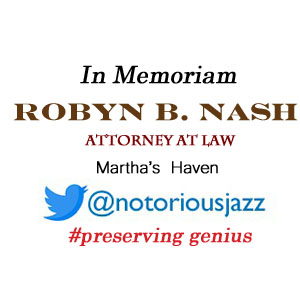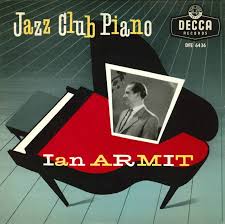
Daily Dose Of Jazz…
Ian Armit was born on April 11, 1929 in Kirckaldy, Fife, Scotland and little is known about his youth. Surfacing on the jazz scene in 1957 he was found performing with Sandy Brown and releasing the solo EP Jazz Club Piano for Decca Records.
In 1960 Ian began a two year stint with the Humphrey Lyttelton Band and went on to record with Al Fairweather, Cy Laurie, The Wally Fawkes-Sandy Brown Quintet and Wally Fawkes and The Troglodytes. He guested a few of Chris Barber appearances for BBC Radio in 1963. The following year he led his own quintet on the BBC Radio program “Three’s Company.
Tiring of jazz he turned his direction towards blues in late 1964 he joined Alexis Korner’s Blues Incorporated, followed by Long John Baldry’s Hoochie Coochie Men and then became a member of The Steampacket. He recorded with Rod Stewart, toured with Savoy Brown and Fleetwood Mac. He remained with Baldry until 1972 when he joined Bob Wallis on a European tour.
Moving to Switzerland, Armit once again led a quartet and recorded Ian’s Boogie Woogie with the Old Rivertown jazz band in 1989. He would play with the Piccadilly Six, the Harlem Ramblers and other blues bands.
Pianist, composer and bandleader Ian Armit, who never returned to jazz, died after a short illness on February 19, 1992 in Zurich, Switzerland.
More Posts: bandleader,history,instrumental,jazz,music,piano
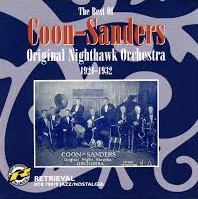
Daily Dose Of Jazz…
Theodore Gerald Roy, born April 9, 1905 in Du Quoin, Illinois began his musical career playing cornet before switching to piano. He first played in the Coon-Sanders Original Nighthawk Orchestra, and then with Jean Goldkette and Frankie Trumbauer early in his career.
While in Boston, Massachusetts in 1933 he played with Bobby Hackett and Pee Wee Russell, then led his own band around the state in 1934. Following this, he worked in various dance bands in New York City in the late 1930s and early 1940s.
Serving in the Army from 1943 to 1945, Teddy went on to play with Max Kaminsky and the new version of the Original Dixieland Jazz Band with Eddie Edwards and Wild Bill Davison. From 1946 to 1959, he played mostly freelance in New York City and on Long Island, New York. Among those he played with were Russell, Kaminsky, Miff Mole, and Wingy Manone. He also did solo work in the 1950s.
Pianist Teddy Roy died on August 31, 1966 in New York City.
More Posts: bandleader,history,instrumental,jazz,music,piano
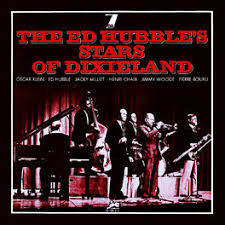
Daily Dose Of Jazz…
Eddie Hubble was born John Edgar Hubble II on April 6, 1928 in Santa Barbara, California and learned trombone from his father, who was also a professional trombonist in the Los Angeles, California area.
A move to New York City in 1944 and by late in the decade had played with Bob Wilber, Buddy Rich, Doc Evans, Alvino Rey, and Eddie Condon. He played with his own ensemble from the late 1940s, recording for Savoy Records in 1952.
He played with a Dixieland jazz ensemble known as The Six in 1953, and worked with Muggsy Spanier in the 1960s, playing in Ohio and Connecticut. He also worked with the World’s Greatest Jazz Band.
Despite being seriously injured in a car crash in 1979, he was soon back playing, including for international tours.
Trombonist Eddie Hubble died on March 22, 2016, at the age of 91.
More Posts: bandleader,history,instrumental,jazz,music,trombone
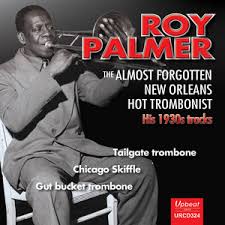
Daily Dose Of Jazz…
Roy Palmer was born on April 2, 1887 in New Orleans, Louisiana. He began his career in 1906 in New Orleans as a guitarist with the Rozelle Orchestra. He played trumpet and then trombone with Richard M. Jones, Freddie Keppard, Willie Hightower, Tuxedo Brass Band, and Onward Brass Band.
In 1917 he left New Orleans and moved to Chicago, Illinois where he worked with King Oliver, Lawrence Duhe, and Doc Cook. Palmer recorded with Johnny Dodds, Jelly Roll Morton, Ida Cox, the Alabama Rascals, and the State Street Ramblers.
In the 1930s, he was a factory worker and music teacher. Trombonist Roy Palmer died on December 22, 1963 in Chicago.
More Posts: educator,history,instrumental,jazz,music,trombone
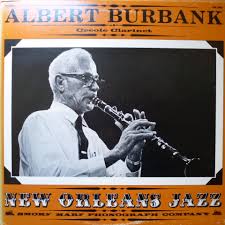
Daily Dose Of Jazz…
Albert Burbank was born March 25, 1902 in New Orleans, Louisiana and was taught clarinet by Lorenzo Tio, one of that city’s most famous clarinet players. Staying in the New Orleans area throughout the 1920s, he played wherever his services were needed. During the 1930s, he worked with Kid Milton’s band but was drafted into the US Navy during World War II.
Upon demobilization, he worked internationally with the bands of Paul Barbarin and Kid Ory. Returning to New Orleans he played with several of the well-known jazz and brass bands in the city. He was regularly seen at Preservation Hall and toured Australia with a band made up of Preservation Hall musicians.
In 1975 Albertsuffered a stroke but continued playing until his death on August 15, 1976. Many of his recordings of broadcast performances with Kid Ory’s band at San Francisco’s Hangover Club, have been issued on the Danish Storyville label, and some with trombonist Bill Matthews appear on Southland.
Burbank would go on to record with Wooden Joe Nicholas, Herb Morand, Kid Clayton, Paul Barbarin, Percy Humphrey, and Jimmy Archey.
Clarinetist Albert Burbank died on August 15, 1976 in his hometown.More Posts: clarinet,history,instrumental,jazz,music


